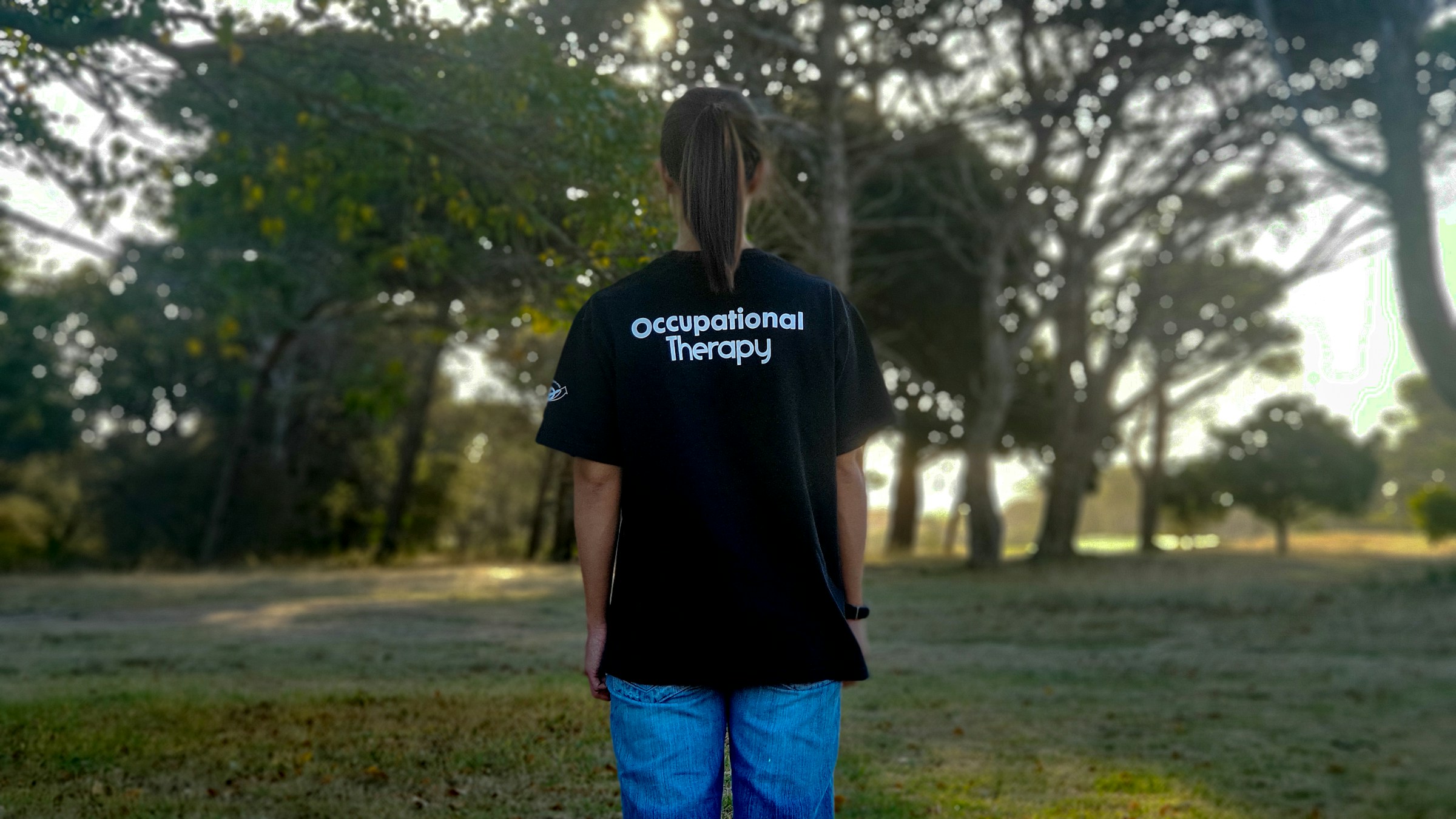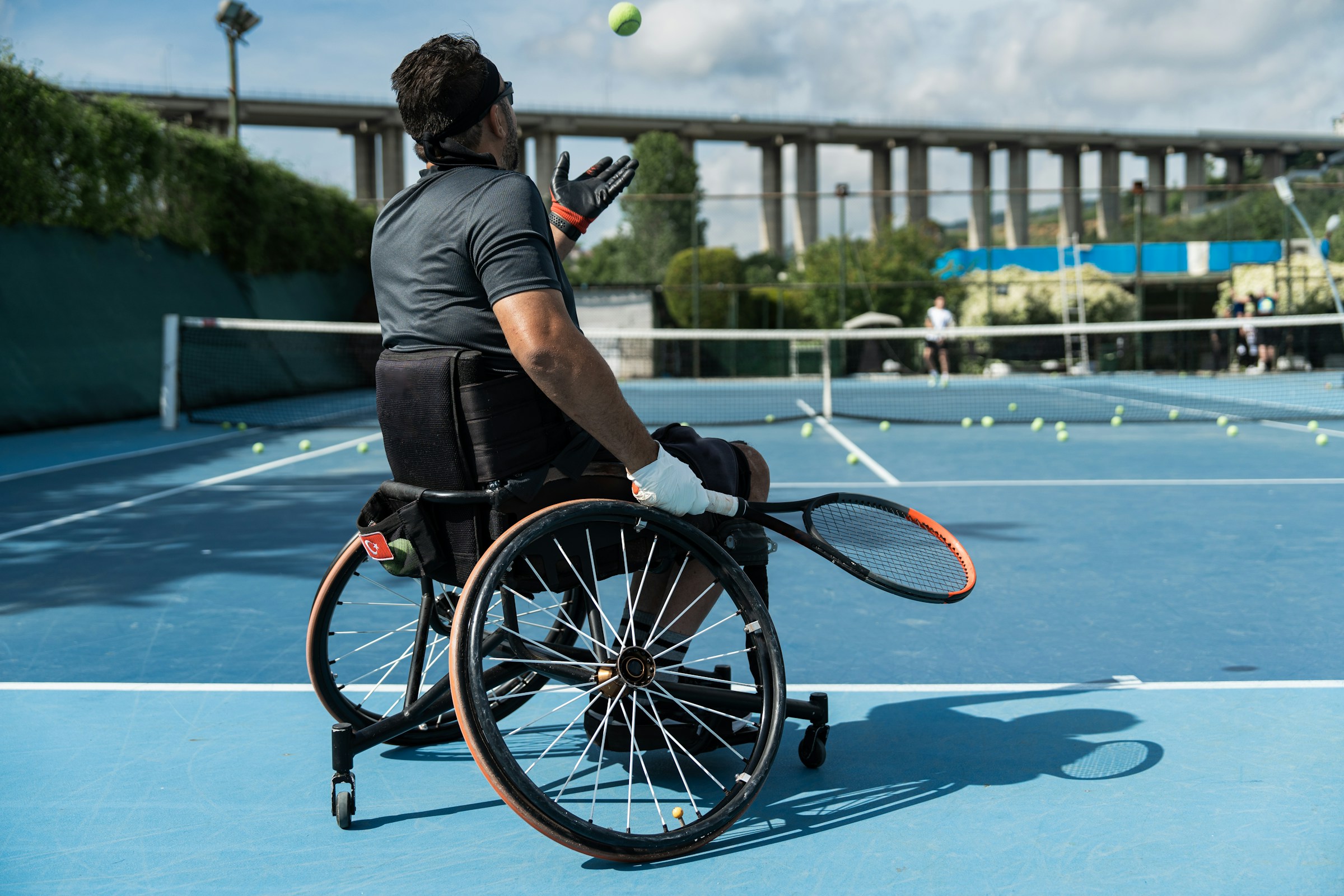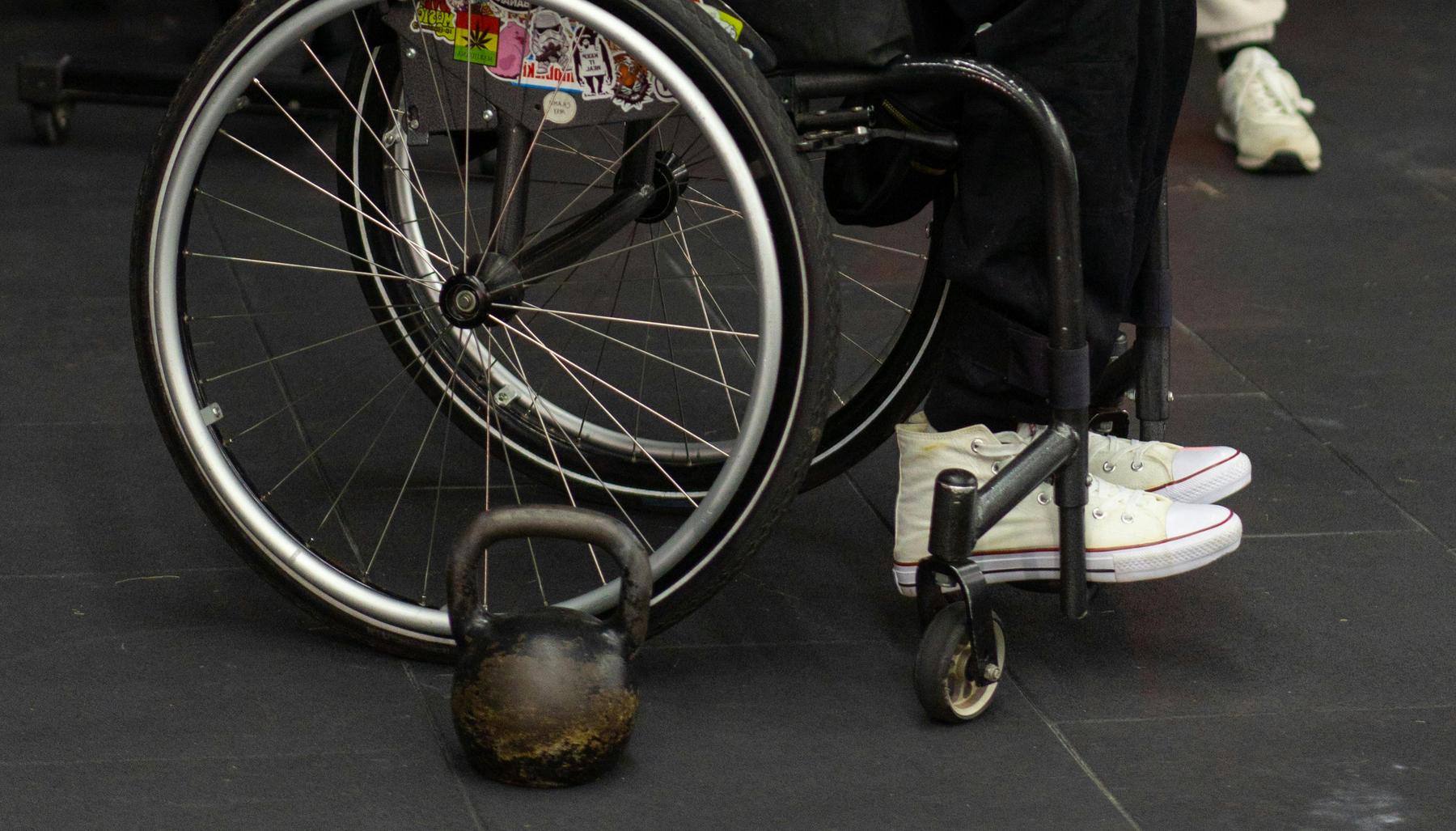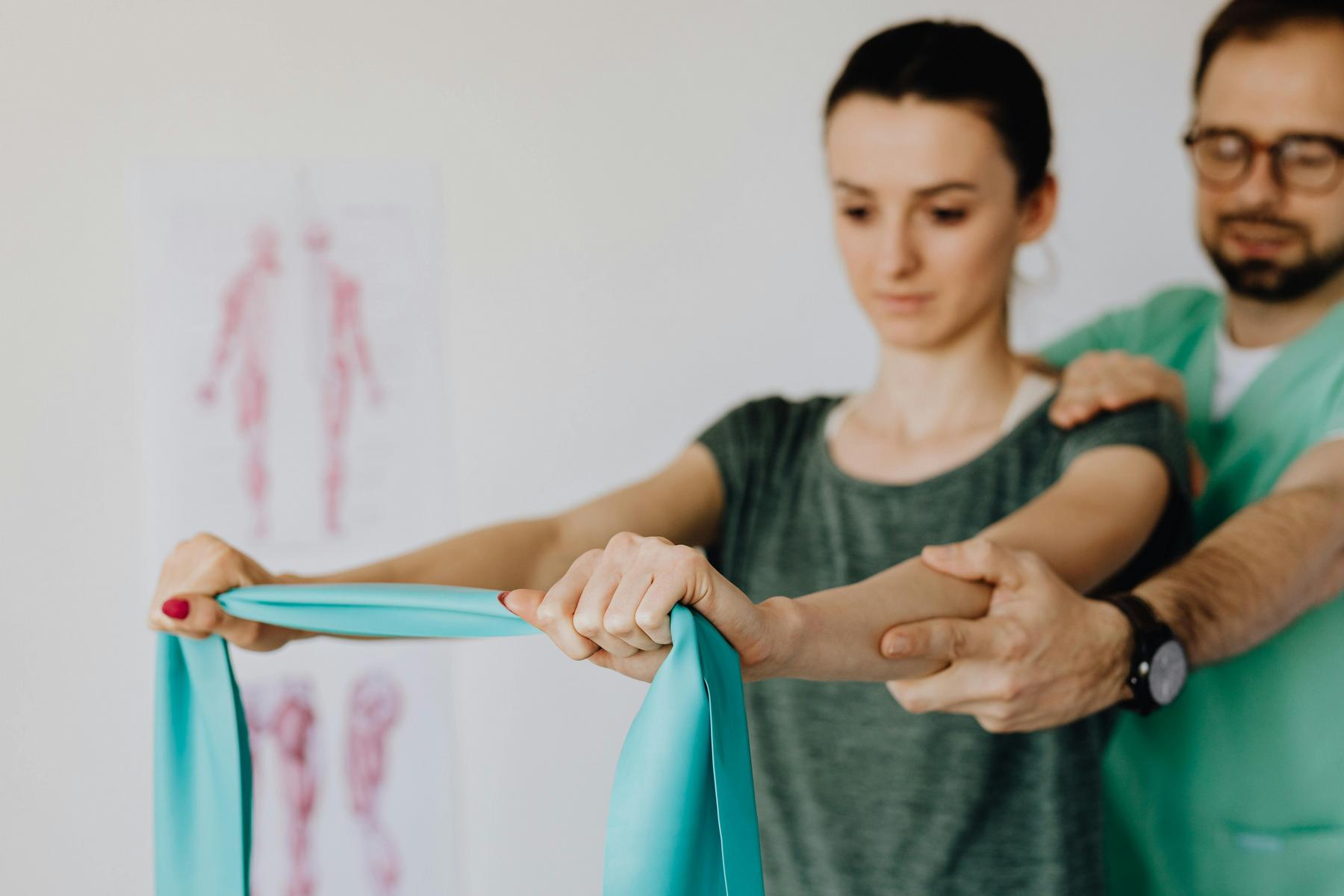Every day, thousands of Australians face mobility challenges that impact their independence, comfort, and quality of life. Whether due to disability, age-related changes, or injury, the right wheelchair and seating system can be the difference between struggling with daily activities and thriving in your community. Yet, with countless equipment options available, how do you ensure you’re getting the most appropriate solution for your unique needs?
Professional wheelchair seating and mobility equipment assessments by qualified occupational therapists represent the gold standard for achieving optimal outcomes. These comprehensive evaluations go far beyond simply selecting a wheelchair – they encompass detailed physical assessments, environmental considerations, funding navigation, and ongoing support to ensure your mobility solution truly enhances your life.
What Does a Professional Wheelchair Assessment by an OT Actually Involve?
A comprehensive wheelchair seating and mobility equipment assessment by an occupational therapist follows a structured, evidence-based approach that prioritises your individual needs and goals. This process typically unfolds across several key phases, each designed to gather crucial information about your physical requirements, lifestyle, and environment.
The assessment begins with detailed goal setting, where your occupational therapist works collaboratively with you to establish clear, measurable objectives. These might include improving independence in transfers, reducing pain during prolonged sitting, enhancing community participation, or enabling return to work activities. This client-centred approach ensures that any recommended equipment directly addresses your real-world challenges and aspirations.
Physical evaluation forms the cornerstone of the assessment process. Your OT will conduct thorough postural and seating assessments, observing your natural sitting posture without support to identify asymmetries or postural tendencies that require correction. This includes detailed pelvis and hip screening, where gentle palpation techniques assess sacral-iliac joint alignment and passive movement tests evaluate range of motion and muscle tightness.
A comprehensive mat examination follows, where you’ll be positioned both supine and seated to determine neutral pelvic and spinal positions. This information directly informs decisions about seat incline, backrest design, and the need for specialised features like tilt-in-space systems. For instance, if hamstring tightness is identified, your OT may recommend a specific seat angle to prevent posterior pelvic tilt and maintain optimal posture.
Pressure management assessment represents another critical component, particularly for individuals at risk of pressure injuries. Your OT will evaluate your ability to perform weight shifts, assess skin integrity, and may utilise pressure mapping technology to determine the most appropriate cushion surface materials, whether gel-filled, air-filled, or other specialised options.
How Do Environmental Factors Influence Wheelchair Equipment Recommendations?
Environmental assessment extends the evaluation beyond your physical requirements to examine how different settings will influence your mobility and safety. This comprehensive approach recognises that the same individual may require different solutions depending on their primary environments and activity patterns.
Home accessibility evaluation typically begins with measuring doorway widths, identifying threshold barriers, and assessing floor surfaces. Narrow doorways might necessitate folding wheelchair options, while steep ramps could require reinforced frames or power-assist systems. Your OT will also evaluate bathroom accessibility, bedroom layouts, and outdoor pathways to ensure your recommended equipment integrates seamlessly with your living environment.
Community participation requirements significantly influence equipment selection. If you frequently use public transport, your OT will consider factors like wheelchair anchoring requirements and transfer capabilities. For those who drive, vehicle modifications and wheelchair loading systems become important considerations. Employment or educational settings may require specific features like adjustable armrests for desk access or particular seat heights for workstation ergonomics.
Terrain variability in your typical environments also shapes recommendations. Regular travel over rough surfaces might indicate the need for pneumatic tyres or shock-absorbing suspension systems, while predominantly smooth indoor surfaces could allow for lightweight manual wheelchair options that prioritise manoeuvrability over durability.
Cognitive and sensory factors are equally important environmental considerations. Visual perception abilities influence decisions about control types and safety features, while manual dexterity levels determine whether standard joystick controls are appropriate or whether alternative control methods like head-operated devices might be necessary.
What Physical Assessments Determine the Right Seating Configuration?
The physical assessment component of wheelchair seating evaluations employs systematic evaluation techniques to determine optimal postural support and pressure distribution. These assessments draw upon evidence-based frameworks like the International Classification of Functioning (ICF) to ensure comprehensive evaluation of body functions, activities, and participation.
Postural assessment begins with careful observation of your natural sitting posture without external support. This baseline evaluation reveals inherent asymmetries, postural compensations, and stability challenges that must be addressed through appropriate seating configurations. Non-neutral positions identified during this phase guide decisions about cushion contouring, lateral supports, and trunk stabilisation requirements.
Pelvic positioning represents a fundamental aspect of seating assessment, as pelvic alignment influences the entire spinal column and overall postural stability. Your OT will conduct detailed pelvic screening using gentle palpation techniques to assess sacral-iliac joint alignment. Pelvic obliquity or rotation detected during this examination may warrant specialised features like obliquity pads or asymmetric seat bases to achieve optimal positioning.
Hip joint assessment involves passive movement testing to evaluate range of motion and identify muscle tightness that could influence seating requirements. Restricted hip flexion might indicate the need for specific seat-to-floor heights or seat depth adjustments to prevent pressure on the posterior thigh or excessive hip flexion angles.
Spinal alignment evaluation examines truncal tone, reflex activity, and support requirements across different positions. This assessment helps determine whether features like tilt-in-space systems, recline capabilities, or specific backrest angles are necessary to maintain optimal spinal alignment and prevent secondary complications.
Pressure distribution assessment utilises both clinical observation and potentially pressure mapping technology to identify areas of high pressure concentration. This information directly influences cushion selection, seat depth and width requirements, and the need for specialised pressure-relieving features.
| Assessment Component | Key Measurements | Equipment Implications |
|---|---|---|
| Pelvic Alignment | Obliquity, rotation, anterior/posterior tilt | Obliquity pads, asymmetric cushions, seat angle adjustments |
| Hip Range of Motion | Flexion, extension, abduction contractures | Seat depth modifications, abduction wedges, leg rest positioning |
| Spinal Posture | Scoliosis, kyphosis, truncal stability | Lateral supports, backrest contouring, tilt-in-space systems |
| Pressure Distribution | High-risk areas, skin integrity | Specialised cushions, weight shift capabilities, pressure relief features |
| Functional Reach | Forward, lateral reach distances | Armrest height/configuration, work surface access |
How Does NDIS Funding Impact Wheelchair Assessment Recommendations?
Understanding NDIS funding pathways represents a crucial aspect of wheelchair seating and mobility equipment assessments, as funding considerations directly influence equipment recommendations and access to appropriate solutions. Occupational therapists must navigate complex eligibility criteria while ensuring that recommended equipment meets both clinical needs and funding requirements.
NDIS funding operates under the principle that supports must be “reasonable and necessary,” with clear connections to disability-related needs and functional improvements. For wheelchair equipment, this means that assessments must demonstrate how recommended features directly address specific challenges and contribute to increased independence or participation.
Evidence requirements for NDIS funding applications are substantial and must be supported by comprehensive clinical justification. Your OT will document baseline functional measures, clearly articulate how current equipment limitations impact your daily activities, and demonstrate through trial periods how proposed equipment improvements will enhance your capacity for community participation.
The assessment process for NDIS funding typically involves equipment trials where possible, allowing both you and your OT to evaluate the practical benefits of different options. These trials provide concrete evidence of functional improvements that can be documented in funding applications. For example, trialling a power-assist system might demonstrate measurable improvements in community access and reduced caregiver burden.
Different NDIS funding categories apply to various types of equipment, from basic mobility aids through to complex rehabilitation technology. Your OT will identify the most appropriate funding pathway and ensure that assessment documentation aligns with specific category requirements.
State-specific guidelines also influence funding considerations, with jurisdictions like NSW (EnableNSW) and Queensland Health providing detailed templates and eligibility criteria for advanced features. These guidelines specify requirements for features like multi-point pelvic belts, which require justification of medical need such as uncontrolled extensor tone or significant pelvic asymmetry.
What Ongoing Support Should You Expect After Equipment Delivery?
Professional wheelchair assessment extends well beyond equipment selection and delivery, encompassing comprehensive training, safety education, and ongoing monitoring to ensure optimal outcomes. This post-delivery support represents a critical component of evidence-based practice and client-centred care.
Training and education programs are tailored to your cognitive and physical capacity, covering essential aspects of wheelchair operation, maintenance, and safety. This includes instruction in weight shifting techniques for pressure relief, wheelchair disassembly for transport, and battery maintenance for powered equipment. For caregivers, training may encompass safe manual handling during transfers and techniques for preventing wheelchair tips or falls.
Safety education addresses both routine operational considerations and emergency procedures. Your OT will review proper positioning techniques, demonstrate safe transfer methods, and provide guidance on recognising signs of equipment malfunction or skin breakdown. This education is particularly important for individuals with progressive conditions where functional changes may impact safety requirements.
Equipment adjustment and modification represent ongoing aspects of comprehensive care. Your OT will schedule regular reviews to assess whether equipment continues to meet your needs, particularly important for individuals with progressive conditions or those experiencing functional changes. These reviews may identify needs for additional features, postural supports, or equipment upgrades.
Documentation and coordination ensure continuity of care across different providers and funding bodies. Your OT maintains detailed records of equipment specifications, functional outcomes, and any modifications or adjustments made over time. This documentation supports future funding applications and facilitates communication with other healthcare providers involved in your care.
Environmental adaptation support may continue as your needs evolve or circumstances change. This might involve recommendations for home modifications, workplace accommodations, or community access improvements that complement your wheelchair equipment.
Maximising Your Independence Through Professional Assessment
Professional wheelchair seating and mobility equipment assessments by occupational therapists represent far more than equipment selection – they embody a comprehensive approach to enhancing independence, comfort, and quality of life. Through systematic evaluation of physical requirements, environmental factors, and individual goals, these assessments ensure that mobility solutions truly meet your unique needs.
The integration of evidence-based assessment techniques with client-centred goal setting creates a foundation for optimal outcomes. Whether you’re navigating NDIS funding requirements, adapting to progressive conditions, or simply seeking to enhance your current mobility solution, professional OT assessment provides the expertise and support necessary for success.
The value of comprehensive assessment extends throughout the equipment lifecycle, from initial evaluation through ongoing support and modifications. This continuity of care ensures that your mobility equipment continues to serve your evolving needs while maintaining safety and optimal function.
For individuals across Queensland, Victoria, New South Wales, and Tasmania, access to professional wheelchair assessments represents an investment in long-term independence and quality of life. The expertise provided by qualified occupational therapists, combined with thorough understanding of funding pathways and equipment options, creates pathways to mobility solutions that truly transform daily experiences.
How long does a comprehensive wheelchair assessment take?
A thorough wheelchair seating and mobility equipment assessment typically requires 2-3 hours for the initial evaluation, depending on the complexity of your needs and the range of equipment being considered. Additional follow-up appointments may be necessary for equipment trials or adjustments.
Can I have a wheelchair assessment in my own home?
Yes, home-based wheelchair assessments are often preferable as they allow for an evaluation of your actual living environment, including doorway widths, floor surfaces, and daily activity patterns, leading to more accurate recommendations.
What’s the difference between a basic wheelchair fitting and a comprehensive OT assessment?
A basic wheelchair fitting focuses on standard measurements and equipment options, while a comprehensive OT assessment includes detailed postural evaluation, pressure management, environmental analysis, functional goal setting, and clinical justification that supports NDIS funding applications.
How often should wheelchair equipment be reassessed?
Wheelchair equipment should be formally reassessed every 12-24 months, or sooner if there are changes in your functional abilities, equipment issues, or alterations to your living situation. Individuals with progressive conditions may need more frequent assessments.
Will my wheelchair assessment be covered by NDIS or other funding?
NDIS participants can access wheelchair assessments as part of their plan funding under the ‘improved daily living’ or ‘improved health and wellbeing’ categories. Additionally, private health insurance or Home Care Packages may cover assessments depending on your situation.












